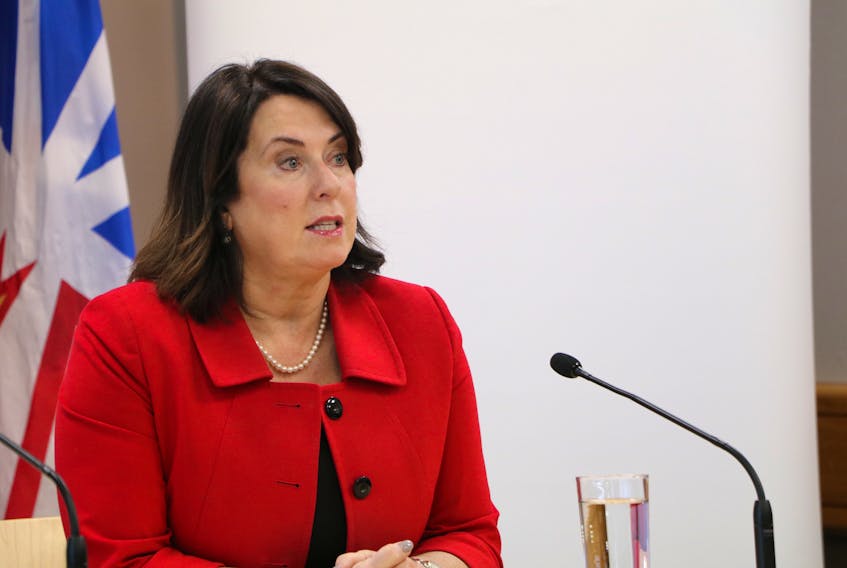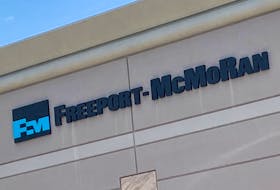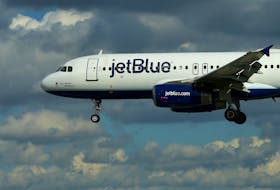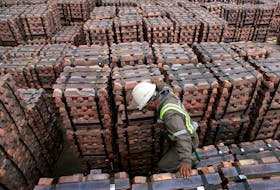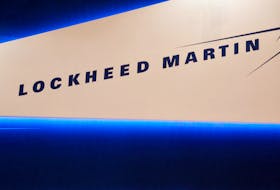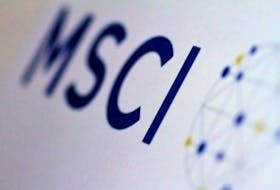ST. JOHN’S, N.L. — Labrador may not be poised for an invasion of thousands of starry-eyed prospectors leading mule-trains and toting pickaxes and sifting pans, but there is a bit of a gold rush developing in the Big Land and prospecting for the valuable metal figures prominently in Newfoundland and Labrador’s future according to the provincial government.
“In Labrador, 2017 saw a significant staking of mineral rights covering approximately 17-hundred square kilometres,” according to a statement from Natural Resources Minister Siobhan Coady. “For the first time ever, exploration on these areas is focused on gold.
“Previously, exploration in Labrador was always focused on iron ore, nickel or uranium. The unexplored nature of the vast land here in Labrador provides many possibilities for new discoveries.”
Much of Labrador’s geology is not conducive to gold mineralization, but there have been significant showings just south of Nain and north of Labrador City near the Quebec border. The most promising, however, is Labrador Gold’s Hopedale project in the Florence Lake area.
“Our Hopedale Project essentially consists of two greenstone belts,” Roger Moss, Labrador Gold chief executive officer told Business Television in May. “We own almost the entirety of both greenstone belts and greenstone belts are very prolific hosts of gold mineralization”
The company’s activities will be focussed on a 40-kilometre strike length of the Florence Lake greenstone this summer.
“We are looking forward to getting back on the ground in Labrador,” Moss said. “Based on the targets we have generated from our own work and from compilation of historical information, we will be able to quickly identify the areas of best gold potential. It should be an exciting year for the company.”
Despite that optimism, a producing gold mine for Labrador is a long way off if it happens at all. Typically from the exploration stage, which is where the Hopedale project is currently, it takes nearly a decade to get to mine development, which can take up to another five years.
“The likelihood of a discovery leading to a mine being developed is very low — less than 0.1 per cent of prospected sites will lead to a productive mine,” states the World Gold Council’s web site. “And only 10 per cent of global gold deposits contain sufficient gold to justify further development.”
On the island portion of the province there is already a working gold mine at Pine Cove near Baie Verte, which has been operating since 2010. Anaconda Mining is developing a second mine nearby at Stog’er Tight and is scheduled to transition to mining that higher grade deposit at some point this year.
Meanwhile, Marathon Gold is getting ready to transition its Valentine Lake project from exploration to mine development in 2018 according to CEO Phil Walford.
Several other projects are in pre-feasibility stages and a number of companies, including Maritime Resources, Torq Resources, Antler Gold and New Found Gold are all active in the province with field work in progress this summer.
All of that activity is encouraged and supported by the Newfoundland and Labrador government according to Coady’s office.
“As part of The Way Forward, the province’s vision for sustainability and growth, our government has committed to partnering with key community stakeholders, Mining NL, and the Newfoundland and Labrador Prospectors Association to develop a responsible, sustainable and competitive framework for mining growth,” the minister’s statement said.
The province provides support to industry through both data and direct funding.
“The Geological Survey regularly releases research on the geology and mineral resources of the province, which is used by prospectors, junior exploration companies and investors to undertake exploration activity,” Coady stated. “Information from the Geological Survey tends to provide a catalyst for claim staking with nearly 40,000 claims staked in 2016 and 2017, and that is approximately the total number for the previous four-year period combined.”
Last year, Newfoundland and Labrador also provided 28 grants totalling $1.36 million through its Junior Exploration Assistance Program and 47 Prospector Assistance Program grants worth $217,000 in all.
While most prospecting is now carried out by professional geologists and mining companies, there is still room for amateurs. The province even provides tips on a page titled “There is Gold in Them Thar Hills” on the Natural Resources web site.
“All that is required for a prospecting trip is a hammer, packsack and an interest in the outdoors,” the page states. It includes a more complete list of necessary items, as well as information on where to look and what to look for.
The ministry also puts on two, week-long prospecting courses each year, one in Happy Valley-Goose Bay and one in Stephenville.
“Prospecting is a great hobby, for anyone who appreciates the outdoors and can be done by people of all ages and both genders,” the web page says. “It will probably not make you rich, but it is a good way to keep fit and enjoy the beautiful scenery of our province.”
The province is making mineral resources a priority.
“Our government is confident in the future of mining in Newfoundland and Labrador and is working to support its development,” Coady said.
The Ministry of Natural Resources estimates 6,000 people will be employed by the mining industry and the province will ship $3.4 billion worth of minerals in 2018.

